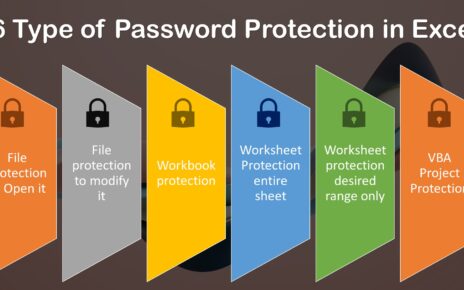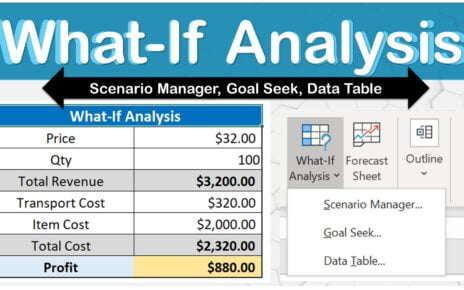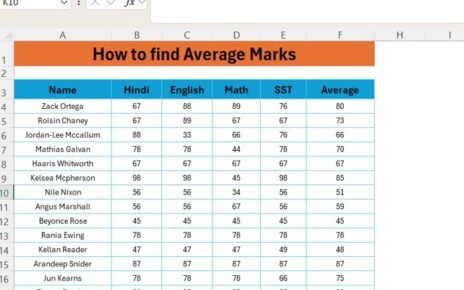When you work with data in Excel, there often comes a time when you need to stack multiple ranges of data vertically. That’s where the Learn how to use the VSTACK function in Excel to stack multiple datasets vertically with a simple formula and examples. steps in! In this blog post, we’ll break down the VSTACK Function in Excel with a simple yet practical example. By the end, you’ll be ready to combine data effortlessly and boost your productivity in Excel. Let’s dive right in!
What is the VSTACK Function in Excel ?
The VSTACK function in Excel is used to vertically stack multiple ranges of data into a single output. Essentially, it helps you combine different blocks of data into one neat table, making your life easier when working with complex datasets.
Why Use VSTACK in Excel?
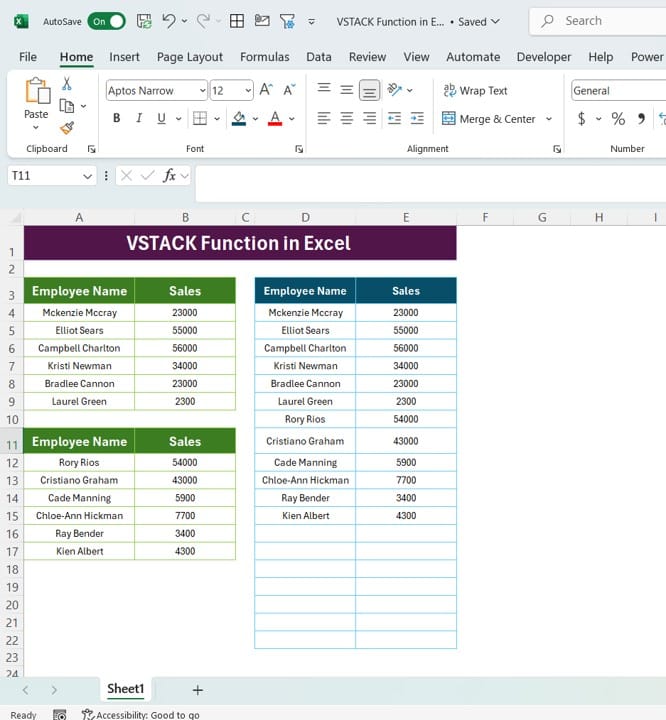
Imagine you have two separate sets of data for employee names and their sales figures. Manually copying and pasting them into one list would be time-consuming and prone to errors, right? Instead, the VSTACK function combines those datasets in seconds! This function is perfect for anyone handling large datasets or multiple tables.
Example Data: Employee Names and Sales
Let’s break down the example we’re using in this post. Our goal is to combine two sets of employee sales data into one list.
We have two columns of data in Excel:
- Column 1 is available in the range A3
- Column 2 is available in the range A11
The challenge is to stack this data into one continuous table, combining the employees and their respective sales into a unified list.
How to Use VSTACK in Excel?
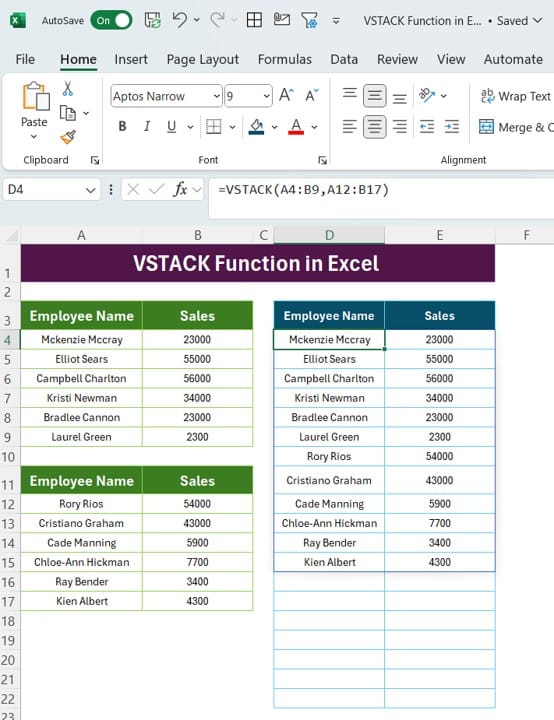
Let’s get started with the VSTACK Function in Excel . First, we’ll need to write a formula that combines the two ranges of data.
Formula:
=VSTACK (A4:B9, A12:B17)
This formula will stack the data from the range A4
(which contains the first set of employees) and the range A12
(which contains the second set of employees) into a single list. Here’s the step-by-step process:
- Select a new cell where you want to display the combined data.
- Type the formula: =VSTACK (A4:B9, A12:B17)
- Press Enter.
Pretty cool, right? With just one simple formula, we’ve combined two ranges into one easy-to-read list!
Benefits of Using the VSTACK Function
Let’s quickly recap the benefits of using VSTACK in Excel:
- Saves Time: Instead of manually copying and pasting data, one formula does it all.
- Reduces Errors: By automating the process, you minimize the risk of human error.
- Increases Efficiency: You can easily stack multiple datasets, whether for reporting or analysis, in no time.
Final Thoughts
The VSTACK function is a game-changer when it comes to managing and organizing your data in Excel. Whether you’re dealing with employee names, sales data, or any other kind of table, this function will save you time and effort. Give it a try in your next Excel project and see the magic unfold!
Visit our YouTube channel to learn step-by-step video tutorials
View this post on Instagram
Click hare to download the practice file

